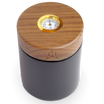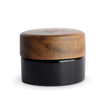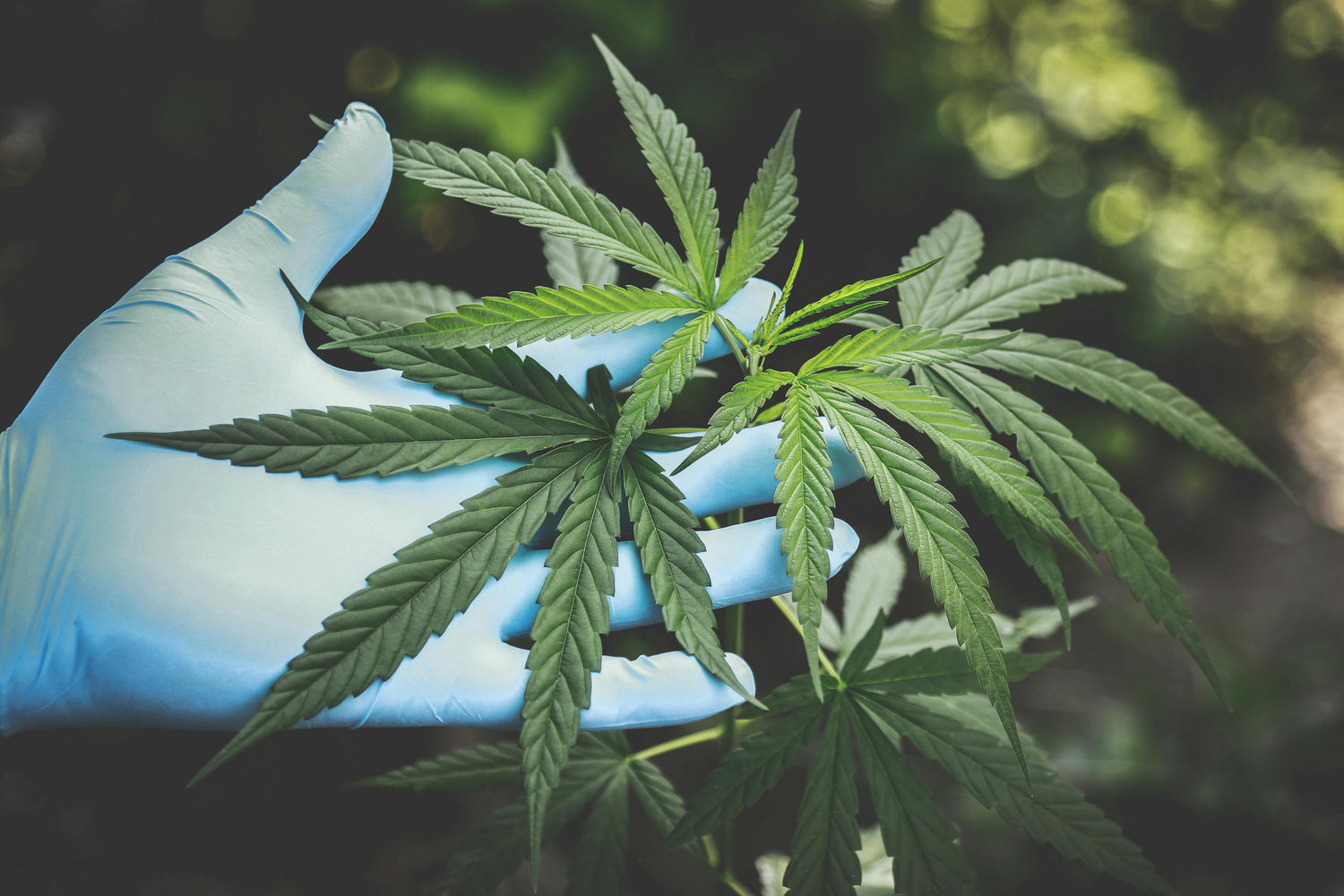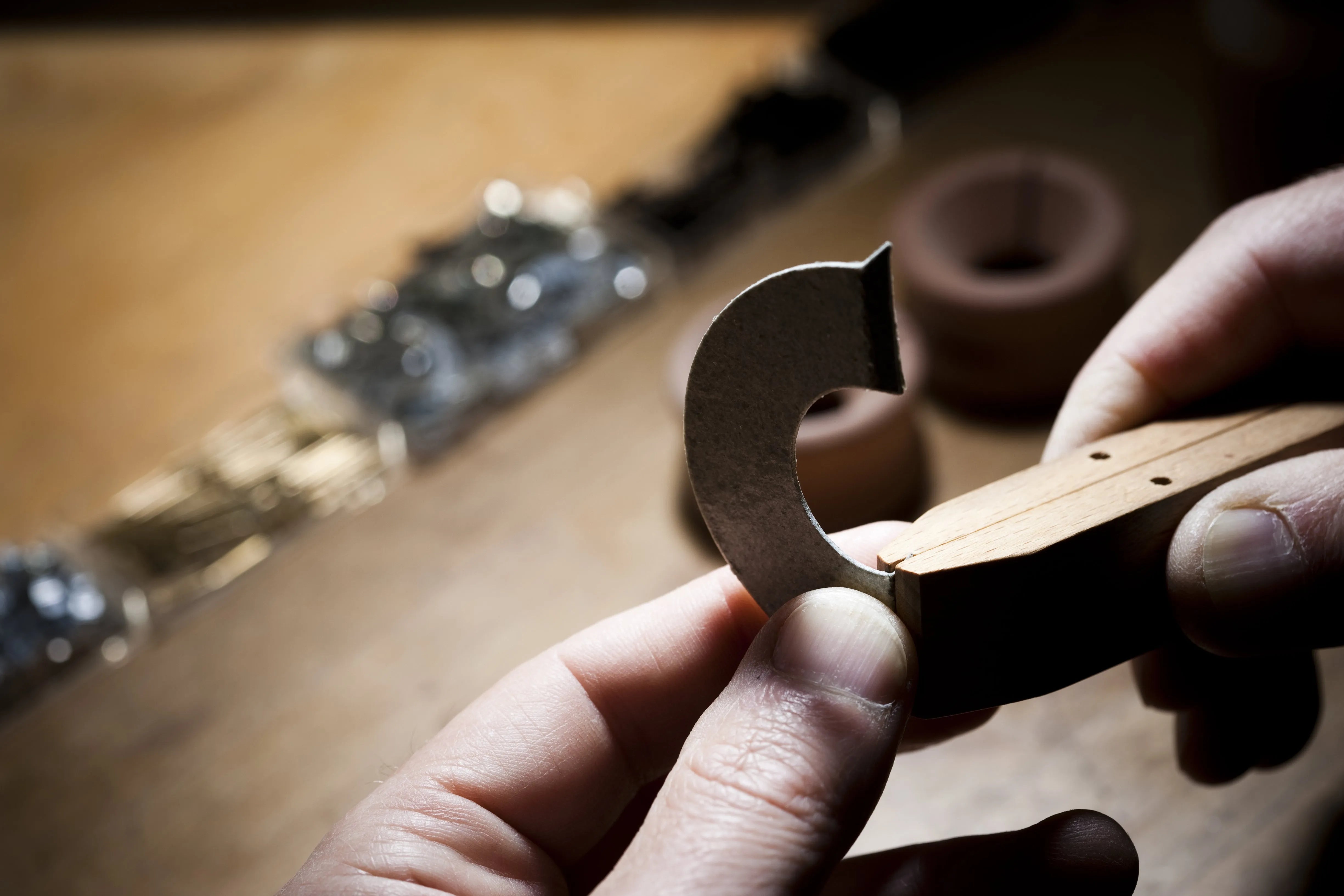Table of Contents
Introduction
As cannabis becomes more mainstream, consumers are turning to vaporizers for a cleaner, more discreet way to enjoy the plant’s benefits. Vaporizing cannabis is often praised for its smoother inhalation, better flavor, and efficiency — but is it actually safe?
This guide explores the current scientific research around cannabis vaporization, how it compares to traditional smoking, and what factors affect safety — from device type to temperature control. If you’re wondering whether vaporizers are harmful or helpful, this is the post for you.
Understanding Vaporization vs. Smoking
To assess risk, it’s essential to understand how vaporizing differs from smoking. Smoking cannabis involves combustion — setting plant matter on fire, which releases cannabinoids, but also creates smoke full of tar, carbon monoxide, and over 100 combustion-related toxins.
Vaporizing avoids this. A quality vaporizer heats cannabis to 160–220°C, below the combustion threshold. This gentle heating releases THC, CBD, and terpenes as vapor, not smoke. As a result, you get the benefits of cannabinoids without the damaging byproducts of burning.
In a study published in Clinical Pharmacology & Therapeutics, vaporization was found to deliver equivalent THC doses with fewer respiratory toxins. This makes vaporizing a form of harm reduction — especially for long-term users or those with respiratory sensitivity.
What the Science Says About Vaping Cannabis
Multiple peer-reviewed studies support the idea that vaporizing cannabis is significantly safer than smoking. A 2007 study by Donald Abrams et al. found that vaporizing cannabis “delivers therapeutically effective cannabinoids while reducing respiratory exposure to toxic byproducts.”
The study published in PubMed confirmed that users who switched to vaporizing experienced fewer respiratory symptoms like coughing and wheezing — especially over prolonged use.
Another study from the Harm Reduction Journal noted that vaporizing is particularly effective at lowering exposure to benzene, toluene, and other carcinogens found in smoke. Importantly, the risks linked to e-cigarettes — like EVALI (vape-associated lung injury) — stem mostly from illicit oil cartridges, not dry herb vaporizers.
That said, scientists agree that more long-term data is needed, particularly on heavy or daily use. But based on current evidence, vaporizing clean cannabis flower with a quality device is vastly less harmful than smoking it.
Different Types of Vaporizers: Are They All Equally Safe?
1. Conduction vs. Convection
Conduction vaporizers heat cannabis via direct surface contact. While efficient, they may cause uneven heating or charring if temperature control is poor. Convection vaporizers, by contrast, use hot air to evenly extract cannabinoids — offering cleaner, more flavorful sessions with less risk of combustion.
2. Manual vs. Electronic
Manual vaporizers like the Vapman Click or Lotus use flame-powered precision and eliminate the need for electronics or batteries. No solder, wires, or plastics — just natural wood, copper, and glass. Electronic vaporizers are more automated, but may contain off-gassing components or rely on batteries, which pose additional risks if poorly made.
3. Desktop vs. Portable
Desktop vaporizers like the Volcano offer medical-grade construction, excellent filtration, and high safety. Portable vaporizers vary widely in quality — from plastic-heavy imports to artisan-level craftsmanship. Stick with brands using medical-grade or inert materials like glass, ceramic, or stainless steel.
4. Oil Cartridges vs. Dry Herb
Oil vaporizers carry higher risk due to additives and solvents. Vitamin E acetate, found in some black-market cartridges, has been directly linked to lung injuries. Dry herb vaporizers avoid these issues entirely by using whole plant material — no oils, no thinning agents.
Potential Health Risks and How to Avoid Them
While vaporizing is much safer than smoking, it's not completely risk-free — especially with low-quality devices or poor usage. Here’s what to watch out for:
- Overheating: Vaporizing above 230°C can lead to partial combustion. Stick to 180–210°C for full effects and minimal risk.
- Cheap materials: Avoid vaporizers with plastic near the heating chamber. Choose models made of wood, glass, ceramic, or stainless steel.
- Lack of temperature control: Choose devices with click-based or adjustable control — like the Vapman Click.
- Poor cleaning habits: A dirty vapor path can affect vapor quality and harbor bacteria. Clean your unit regularly.
- Unregulated oil cartridges: If you're using oils, only use products from trusted, tested sources — or better yet, stick to dry herb.
Why Temperature Matters
Each cannabinoid and terpene vaporizes at a different temperature. THC activates around 157°C, CBD at ~180°C, and terpenes like myrcene and limonene vaporize between 160–200°C. Too high, and you burn the herb — too low, and you miss potency.
Recommended range: 180–210°C (356–410°F) for balanced flavor and efficiency
Too hot: >230°C = combustion = smoke and toxins
Too low: <160°C may not activate cannabinoids
Devices like the Vapman Click use a bi-metal click disc to indicate the perfect temperature, while the Lotus provides manual heat control with convection precision.
Best Practices for Harm Reduction
- Buy quality devices — Avoid unbranded or suspiciously cheap vaporizers
- Use clean herbs only — Organically grown, lab-tested, no additives
- Start low and go slow — Begin with small doses and increase as needed
- Clean your device regularly — Mouthpiece, chamber, vapor path
- Hydrate — Dry vapor still draws moisture from your lungs
Conclusion
So, is a cannabis vaporizer harmful? The evidence is clear: dry herb vaporizing is dramatically safer than smoking. When used properly, a quality vaporizer reduces toxin exposure, preserves flavor, and offers precise control over your experience.
While long-term studies are still emerging, everything we know so far points to vaporization as the best method for conscious cannabis users. Choose safe materials, control your temperature, and keep your unit clean — and you’ll enjoy the benefits of this plant with minimal risk.
Explore premium flame-powered vaporizers like the Vapman and Lotus to experience analog control, clean airflow, and handcrafted performance — free of batteries, screens, and unknowns.
About the Author

Author: Michael Mussner, Founder of INHALE Vaporizers
Michael is a passionate vaporizer designer and entrepreneur from South Tyrol, driven by craftsmanship, sustainability, and the mindful use of natural herbs. With a background in product innovation and a love for analog technology, he founded INHALE to revive flame-powered vaporizers like the Vapman and Lotus. Every product he creates is deeply rooted in authenticity, simplicity, and a respect for nature.
Questions? Contact us here or email support@nowinhale.com.

















Leave a comment
All comments are moderated before being published.
This site is protected by hCaptcha and the hCaptcha Privacy Policy and Terms of Service apply.